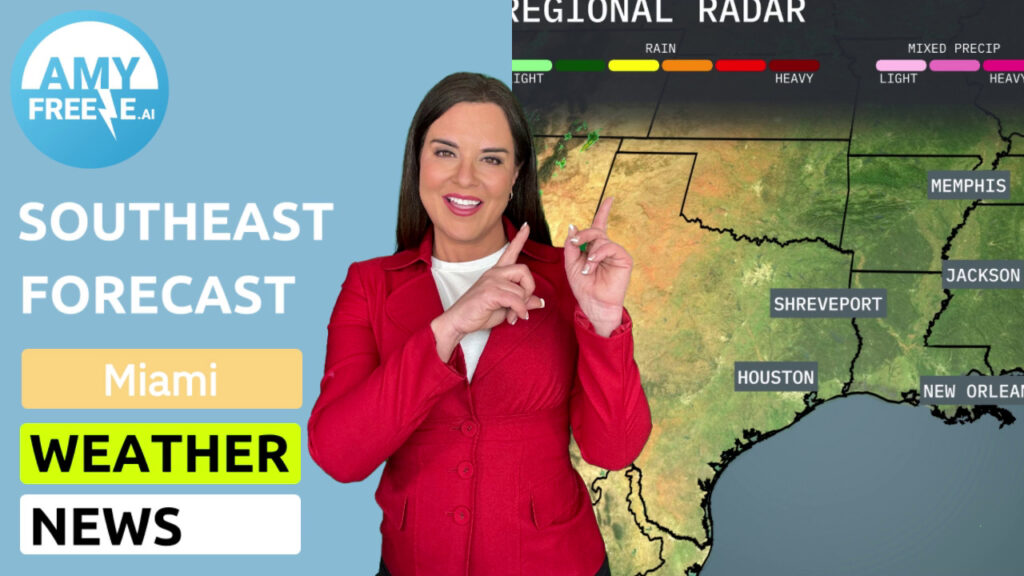Think raindrops are tear-shaped? Think again! Explore the real, hamburger bun-like shape of raindrops in this eye-opening post!
When you picture a raindrop, what comes to mind? Many people imagine a classic teardrop shape—pointed at the top, rounded at the bottom. But what if I told you that’s not what raindrops actually look like when they’re falling? Let’s break down the real shape of raindrops and what determines their size!
Raindrops are not teardrop-shaped as they fall. Instead, they are spherical when they are small and become more flattened as they grow larger. In fact, large raindrops take on a shape more like… a hamburger bun! This was captured by scientist James E. McDonald in his study on raindrop aerodynamics.
So, why does this happen? The answer lies in air resistance. As raindrops fall, air pushes against them from below. This pressure causes the bottom of the raindrop to flatten while the top remains curved. However, unlike what you might expect, air doesn’t drag the drop into a teardrop shape—there’s no tail! That teardrop shape we often see comes from water streaking down windows or faces, where friction stretches the liquid. But air isn’t solid like glass, so falling raindrops don’t form tails.
Now, let’s talk about size. How big can raindrops get? The largest raindrops tend to be around 5 millimeters across. If they grow larger, the air resistance becomes too strong, and the raindrop breaks apart into smaller droplets! That’s why you never see giant raindrops falling from the sky.
In summary, small raindrops are nearly perfect spheres, while larger ones flatten out into shapes more like hamburger buns. And while teardrops might make for great artwork, the next time you’re caught in the rain, you’ll know the true shape of raindrops!
Rain is full of fascinating science, and understanding its true form gives us a better appreciation for th e natural world. Stay curious, and keep looking up!
















